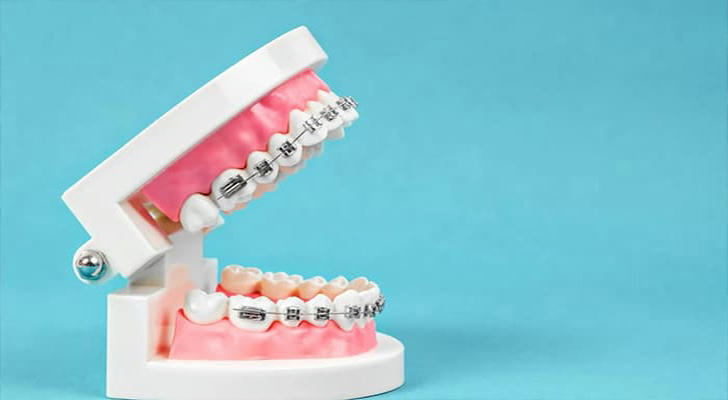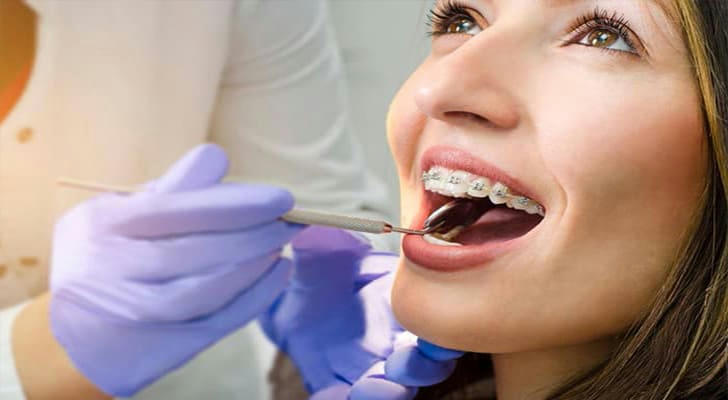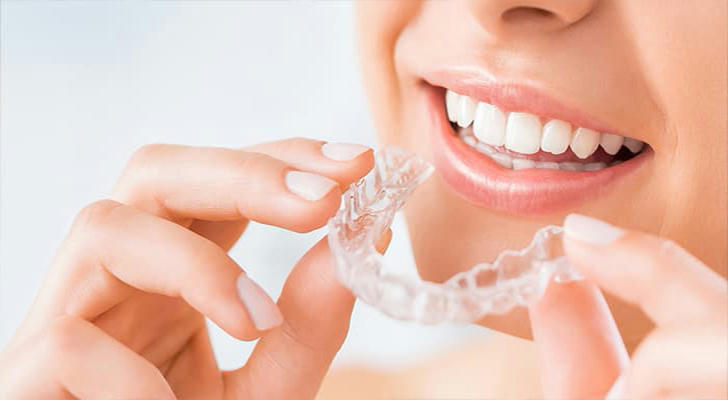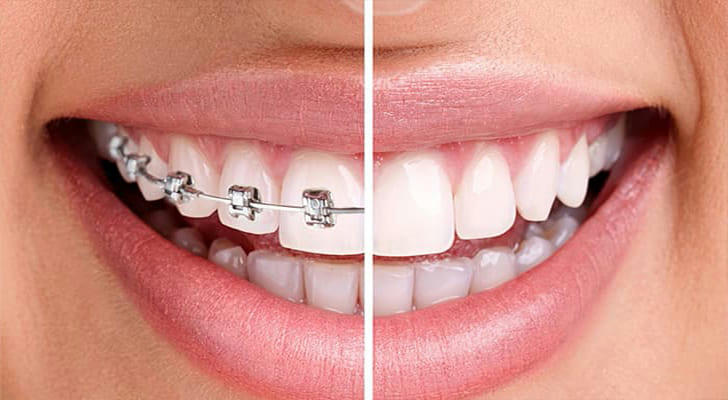About orthodontic treatment:The truth you must know

Why get braces? A straight smile not only boosts your confidence but also improves your overall oral health. Crooked teeth can trap food and bacteria, leading to cavities and gum disease. By straightening your teeth, you're making it easier to clean your mouth and preventing these problems. Plus, a good bite can make chewing more efficient and improve your speech. So, whether you're looking to enhance your appearance or improve your oral health, orthodontic treatment is a great investment.
Principles of Orthodontic Treatment
Don't worry, the process of orthodontic treatment might sound a bit complicated, but it's really just a matter of applying gentle, continuous forces to your teeth to move them into the correct position. Imagine your braces as a "dental moving company" carefully relocating your teeth to a more comfortable and aligned home.
You might experience some discomfort during treatment, such as teeth feeling a bit sore or your gums being tender. This is completely normal and usually subsides over time.
Why do teeth move? The bone around your teeth can remodel itself in response to the forces applied by the braces, much like modeling clay. Your braces are the tool that shapes this bone.

Orthodontic Treatment Process
Orthodontic treatment is essentially a process of guiding teeth to move into their ideal positions through biomechanical principles. Imagine the alveolar bone as soil and the teeth as plants growing in that soil. By applying the right forces, we can guide these "plants" to grow in the desired direction.
This process generally involves the following stages:
Diagnosis and treatment planning: Your orthodontist will conduct a thorough examination and create a personalized treatment plan. This is similar to an architect drawing up detailed blueprints before constructing a building.
Preparatory treatment: To create space for tooth movement, your orthodontist may perform preliminary treatments such as tooth extraction or interproximal reduction.
**Active treatment: ** Brackets are bonded to your teeth and connected by an archwire. The archwire exerts gentle, continuous forces on your teeth, causing them to move.
Retention: Once your teeth have moved into their desired positions, you will wear a retainer to stabilize them and prevent them from shifting.
Throughout the process, your alveolar bone undergoes constant resorption and reformation to accommodate tooth movement. This is similar to how a river erodes its banks, changing the shape of the riverbed over time.
Orthodontic treatment can improve not only the alignment of your teeth but also your facial appearance and chewing function.

Common Questions and Misconceptions About Orthodontic Treatment
Orthodontic treatment, a common dental procedure, has garnered increasing attention. However, many people have questions and misunderstandings about it. Let's address some common queries and dispel some myths.
Common Questions
Does orthodontic treatment hurt? Mild soreness or discomfort is normal when you first get braces or have them adjusted. This is due to the tissues around your teeth adapting to new forces. As your teeth gradually move into the correct positions, this discomfort will subside.
How long does orthodontic treatment take? Treatment time varies, but it generally takes 1-3 years. The specific duration depends on the complexity of your malocclusion, your growth and development, and your cooperation.
Will my teeth relapse after treatment? If you don't wear your retainer, your teeth may shift back to their original positions. Retainers help stabilize your teeth in their new positions.
Can adults get orthodontic treatment? Yes, as long as your teeth and gums are healthy, you can get orthodontic treatment at any age.
What are the different types of orthodontic treatment? Common types include metal braces, ceramic braces, and clear aligners. Your orthodontist will recommend the best option for you.
After learning the above knowledge, how do you choose between traditional braces and Invisalign?
Let's take a look at the experiences of two individuals who chose different paths. Jane opted for traditional metal braces. She shared that while the initial adjustment period was a bit uncomfortable, she eventually got used to them. Metal braces are known for their affordability and effectiveness in correcting a wide range of dental issues. However, their visible nature can be a concern for some.
On the other hand, Jennifer chose Invisalign aligners. She appreciated the aesthetic appeal of the clear aligners, as they were virtually invisible. The convenience of being able to remove them for eating and cleaning was also a major plus. However, she emphasized the importance of consistent wear to achieve optimal results.
So, how do you choose the right option for you?
Dental Issues: Different dental problems may require different treatment approaches.
Budget: Invisalign treatments often have a higher upfront cost compared to traditional braces.
Lifestyle: For those with active social lives, the discreet nature of Invisalign aligners can be a significant advantage.
Doctor's Recommendation: Your orthodontist will provide personalized recommendations based on your specific needs and goals.
Ultimately, both traditional braces and Invisalign can effectively straighten your teeth. The best choice for you will depend on your individual circumstances and preferences.

Conclusion
Orthodontic treatment is not merely about achieving a beautiful smile; it's also about maintaining optimal oral health. Research has shown that professional orthodontic treatment can effectively improve bite alignment and prevent periodontal disease, cavities, and other oral health issues. **As highlighted by the American Association of Orthodontists, orthodontic treatment can significantly enhance overall oral health. Furthermore, a long-term study involving thousands of patients revealed that over 95% expressed satisfaction with their treatment outcomes, underscoring the value of orthodontics.**Therefore, orthodontic treatment is not only an aesthetic investment but also an investment in oral health.depends on the individual's specific circumstances and the skill level of the doctor.
